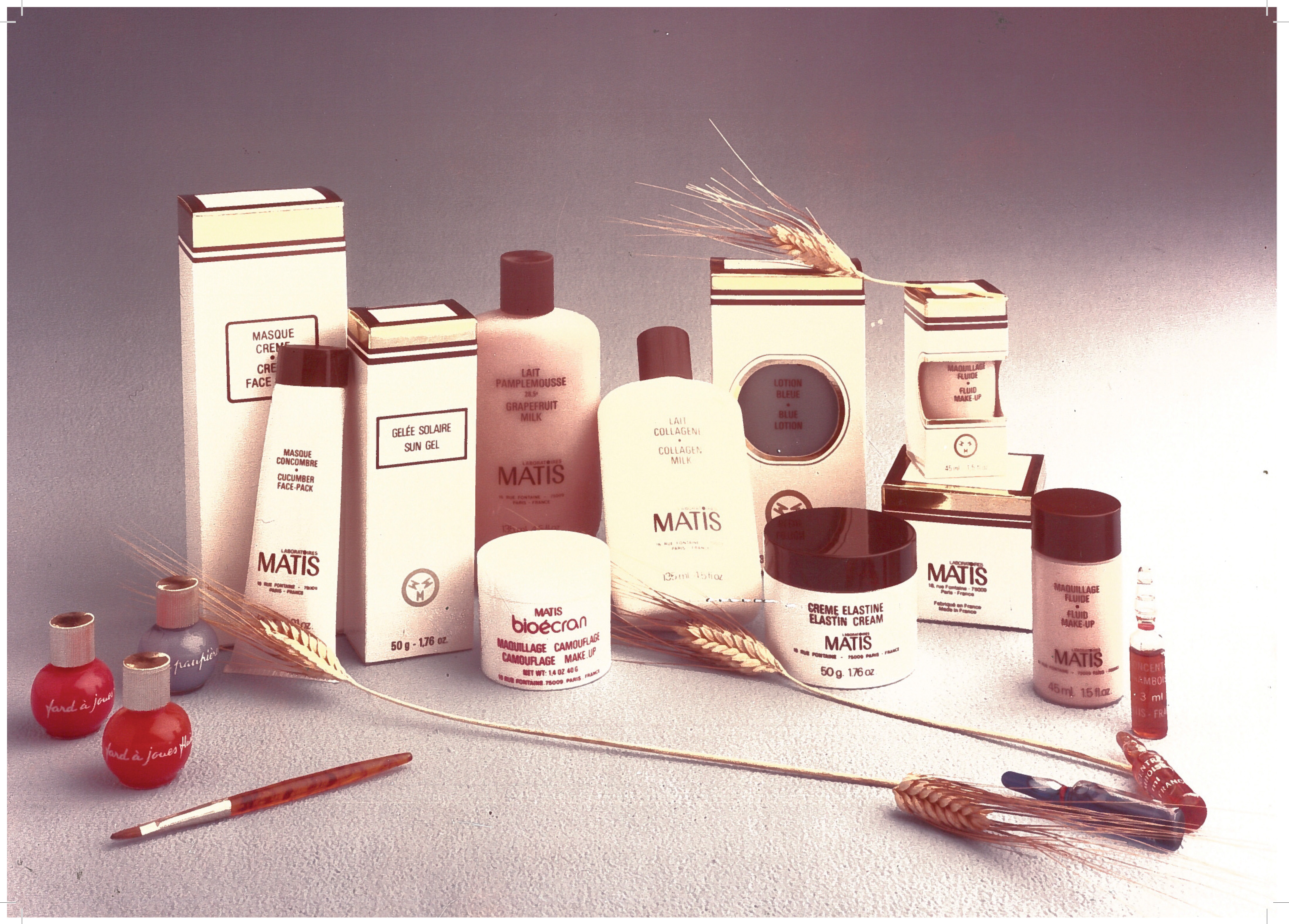
1950–1975 - Ramping up formulation and manufacturing
Thursday, August 18, 2022 12:12 PMThe 1950s and the rise of haute couture ushered in the golden age of feminine beauty, with designer Christian Dior emerging as the figurehead of the ‘New Look' movement.

Back in their homes, women began aspiring to elegance and femininity, making the most of new innovations in household appliances to pour saved time into their beauty and appearance. The feminine ideals of the times required that they be elegantly dressed and made up at all times, as promoted by the booming advertising sector busy showcasing the latest products to come out of the fashion and cosmetic industries.
The Mavromati family tapped into this post-war effervescence, too. Combining his father’s pharmaceutical flair with his own concoctions, Mavromati’s son fused the effectiveness of elastin and collagen, packaged up in medical-style ampoules: a true revolution in its time. This was to serve as the roadmap that would guide Matis going forward, marking the brand out as an innovative pioneer at the cutting edge, on a constant quest for effectiveness. In 1960, the small formulation space was transformed into a modern manufacturing laboratory on Rue Jean Moulin in Bougival, eight miles outside Paris.
The sixties saw Paris swinging to the beat of the pop art scene in a dizzying rush of bold colors, flares, and protest movements. The Mavromati laboratory in Bougival was abuzz with fresh ideas, from the Biophyl ampoules and first ever lifting massage, to the first liposome-packed serums that paved the way for the cellular cosmetics trend. The Emulsion Amniotique ampoules landed in 1964, followed by the Crème Embryonnaire in 1968, a series of legendary products to rival those coming out of Switzerland’s leading laboratories.